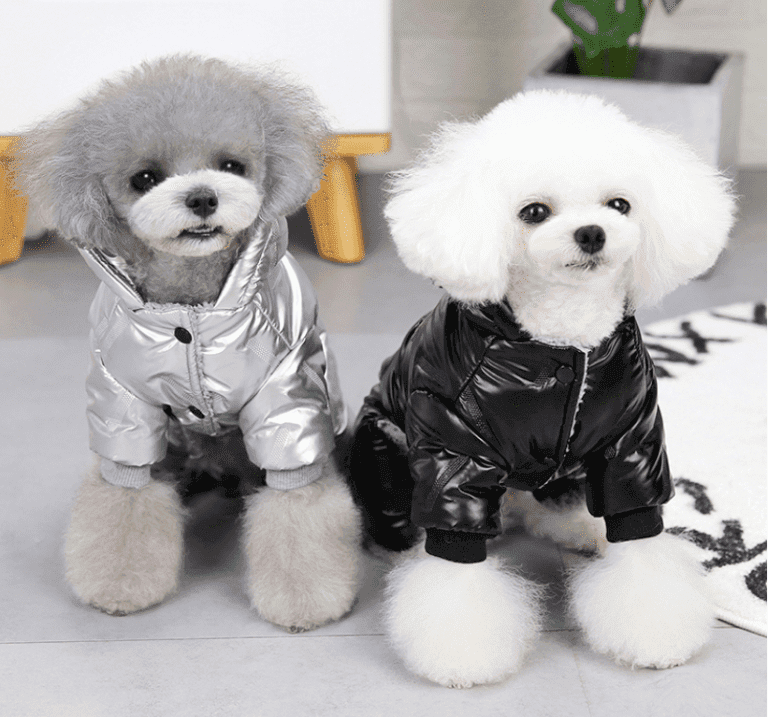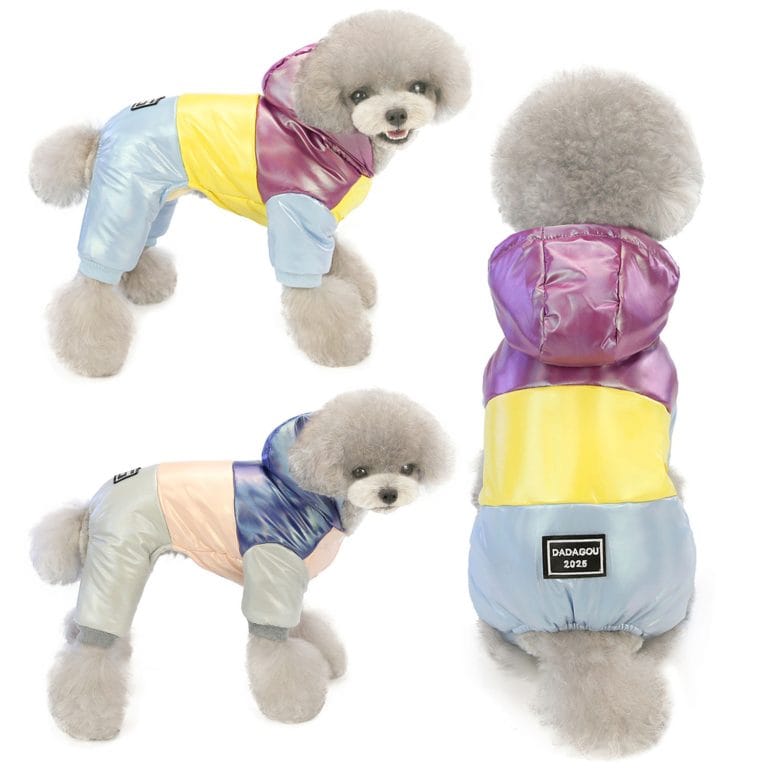Should Dogs Wear Dog Boots?
Dogs should wear shoes when the stuff they’re walking on will do significant damage to bare feet. Canine paw pads are designed for the outdoors and can weather a lot of, well, weather. It’s when the elements get out of hand that you want to put shoes on your dog. If your dog could get frostbite, paw pad burns, cuts or scrapes, put shoes on them. Some breeds may require more care when it comes to paws. Whether this is due to their genes or personality, check with your vet to make sure you’re protecting their paws as best you can.
https://zem.zqt.mybluehost.me/shop/winter-dog-shoes/
What do dog paw pads do?
A dog’s paw pads are pretty incredible. An intricate mix of muscle, tissue, ligaments, tendons, collagen and keratin, paw pads protect doggy toes and feet from getting torn up. They provide support for joints and muscles, absorbing the shock of impact as your dog walks and runs. Paw pads also help with canine circulation! A study from Japan recently published in Veterinary Dermatology says there’s basically a “heat exchange system” in canine feet that keeps them warm during winter. Paw pads also keep dogs cool in the summer by sweating out heat.
Should dogs wear shoes?
Thanks to the miraculous paw pad, dogs don’t need to wear shoes indoors or on a daily basis. But, while paw pads do protect your dog’s feet from harsh terrain and intense temperatures, there are occasions when dogs should wear shoes. These instances include extremely hot or cold weather, extended time on rough terrain and when healing from an injury.
Dogs who weren’t bred for freezing temperatures (think: Chihuahuas or Australian Kelpies) probably need boots throughout winter. Breeds like Siberian Huskies and Akitas can get away with more snowy outdoor time as they were built to withstand cold weather. However, snow or not, if temperatures are really low, even Black Russian Terriers will need boots to prevent frostbite.
Folks living in hot climates should test sidewalks with their own feet before heading out with their dog. If you can’t hold your bare foot comfortably on the ground for 10 seconds, you should put shoes on your dog. Don’t rely solely on your thermometer; it doesn’t have to be that hot for the sun to really cook asphalt. Unless rain makes sidewalks particularly slick in your neighborhood, dogs don’t need boots to protect from drizzle.
Trekking through the woods or on rocky hiking trails present lots of opportunities for cuts and calluses. Toss some shoes on your dog! Certain shoes can also add traction to slippery areas. If you plan on taking your dog hiking regularly, The Farmer’s Dog recommends introducing them to boots early and giving their paws plenty of time to acclimate to rougher terrain.
Finally, a dog recovering from surgery or an injury to a foot or paw should wear shoes outdoors (and sometimes indoors if necessary). The last thing you want is stitches coming out or an infection creeping in as your pup heals. Senior dogs suffering from arthritis may need to wear shoes for added joint support, too. Talk to your vet if you think this is the case!
What could happen if your dog doesn’t wear shoes?
Without shoes, some dogs could develop a condition called pododermatitis, says VCA Ark Animal Hospitals. This is when the paws become inflamed. While fungus or parasites could certainly cause pododermatitis, some dogs experience inflammation after running on concrete or gravel. Look for red, swollen paw pads. Take note if your dog licks its paws constantly or is losing hair on the feet. If your vet concludes your pup’s pododermatitis is the result of too much running on hard ground, investing in a protective pair of shoes might be part of the treatment plan.
Depending on the environment, dogs can pick up nasty chemicals when out and about. Areas where lawns have been chemically treated or sidewalks are covered in de-icing salt can wreak havoc on dog paws. Dogs with very furry paws have a higher risk of getting salt and pebbles stuck between toes. If your dog isn’t wearing shoes, it’s wise to wipe their feet with a damp towel whenever they come in from a walk. This gives you a chance to check for any injuries and prevent your pup from licking or further inhaling irritants.
How to choose the best dog shoes
Prepare yourself for a lot of trial and error when it comes to choosing the best shoes for your dog. A good fit—not too tight, not too loose—is crucial to success.
Dog shoes should suit your dog’s needs (aka don’t buy winter boots for a hot summer outing).
Buy the right size for your dog, and don’t try to make it work if they’re too big or small. Send ‘em back and get the right pair.
Make sure your dog can actually walk in them without tripping or slipping. This could take time; be patient as your dog gets used to wearing shoes!
You shouldn’t be able to fit a finger between the shoe and your dog’s leg.
Consider buying different pairs for different occasions, especially if there’s lots of snow in your area and one pair will need to dry out between wears.
When all is said and done, if your dog absolutely refuses to walk around with shoes on, there are balms and salves you can rub onto the paw pad to protect it. Lovoyagerpet’s high top dog shoes is a good choice for winter. Prevention is better than treating a painful issue later on.






Taking a look at 78clb. Got potential, it seems. I will give it a try. What are your options? Go for it:78clb